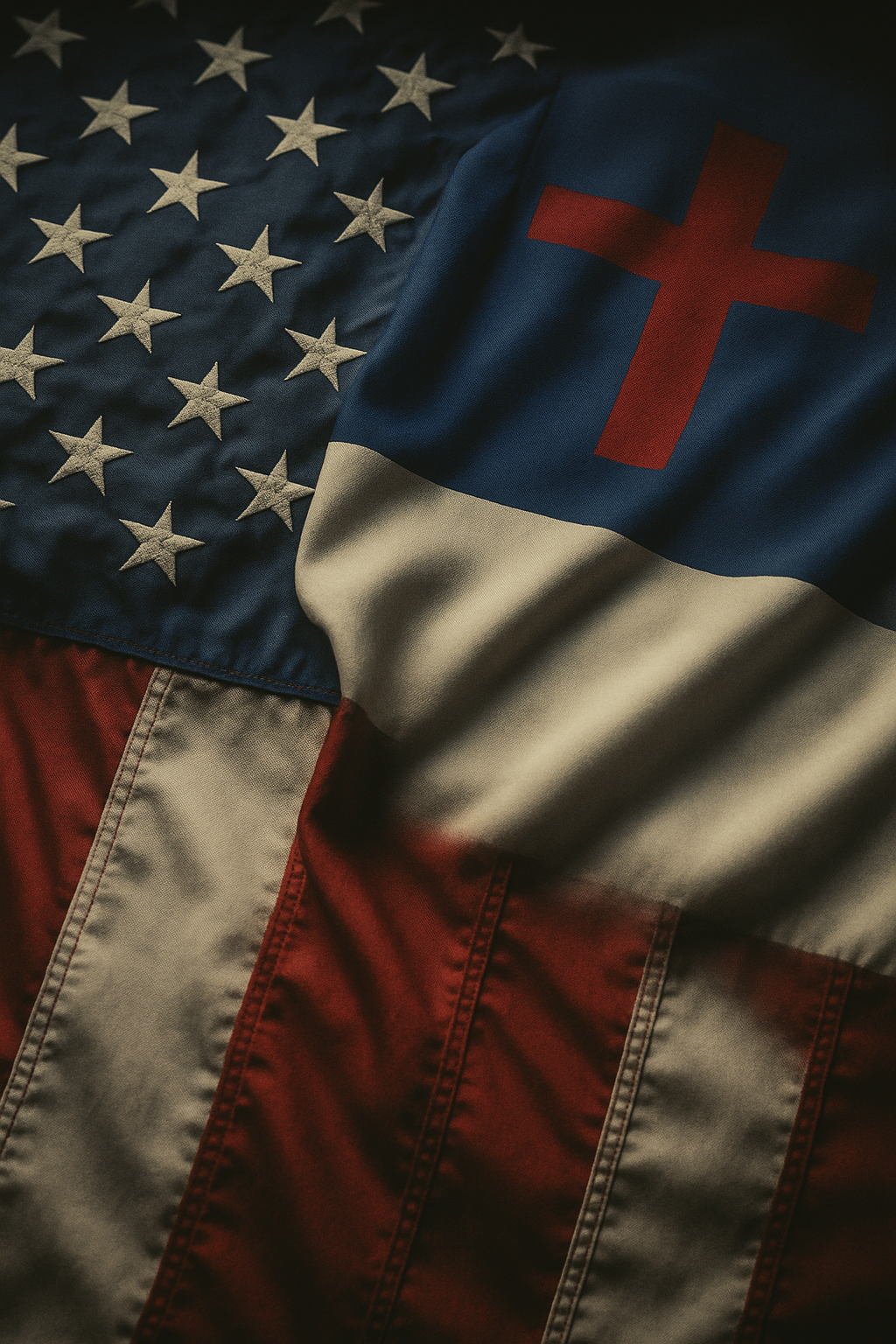The Hidden Cost of Teaching Children to Dismiss Life

A new children’s book titled Abortion Is Everything has stirred national concern after being marketed to children as young as five. Promoted by abortion rights advocate Amelia Bonow, the book frames the termination of unborn life as a “uniquely human superpower” tied to personal freedom and destiny. With simple language and colorful illustrations, it attempts to present abortion as a normal, empowering choice—something to be celebrated rather than questioned.
At first glance, the idea of discussing complex moral issues with young children might seem well-intentioned. After all, parents and educators often seek ways to talk about difficult topics in age-appropriate ways. But when the subject is the deliberate ending of a human life, the line between education and ideological shaping becomes dangerously thin. Presenting abortion as a “superpower” to children aged five to eight is not just inappropriate—it is a profound failure of moral responsibility.
The book’s premise rests on a radical idea: that human worth is determined not by the inherent dignity of life, but by personal choice. This philosophy, while cloaked in the language of empowerment, quietly dismantles the very foundation of human value. It teaches children that life can be discarded at will, that power lies in control, and that the most vulnerable—those who cannot speak for themselves—are expendable.
This is not about reproductive rights. It is about a cultural shift that sees children not as blessings to be protected, but as disruptions to be managed. The push to introduce such material into early education reflects a broader trend: the normalization of death under the guise of freedom. When we tell young children that killing the unborn is a form of empowerment, we are not preparing them for life—we are preparing them to accept violence as routine.
Critics, including pro-life organizations like Live Action, have rightly called this a form of grooming. They argue that exposing children to such content at a formative age risks shaping their worldview in ways that undermine the natural order of life. This is not simply a political debate—it is a moral one. The question is not whether we can “choose” to end a life, but whether we believe that life itself is sacred.
The Supreme Court’s 2022 Dobbs decision, which returned abortion regulation to the states, reignited this national conversation. But the release of Abortion Is Everything shows that the debate is no longer confined to courts and legislatures. It has moved into classrooms, libraries, and homes. And that shift is deeply troubling.
If we allow children to grow up believing that the most vulnerable are not protected but dismissed, we risk raising a generation that sees life as a commodity, not a gift. We risk weakening the bonds of family, community, and shared values that have long anchored our society.
The real superpower is not control over life—but the courage to defend it. True empowerment comes not from ending lives, but from protecting them. From standing up for the defenseless. From teaching children that every life, from the moment of conception, has meaning and purpose.
Parents, educators, and communities must remain vigilant. We must ask hard questions about what kind of world we are shaping for our children. Are we teaching them to value life—or to fear it? To protect the weak—or to discard them?
The answer will define our future.
Published: 11/20/2025








